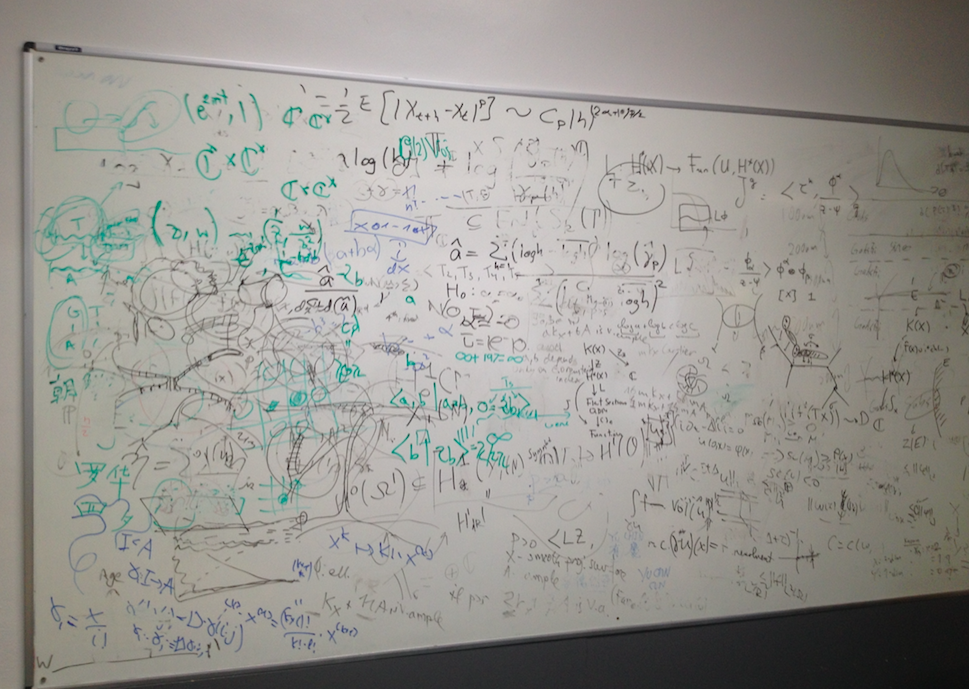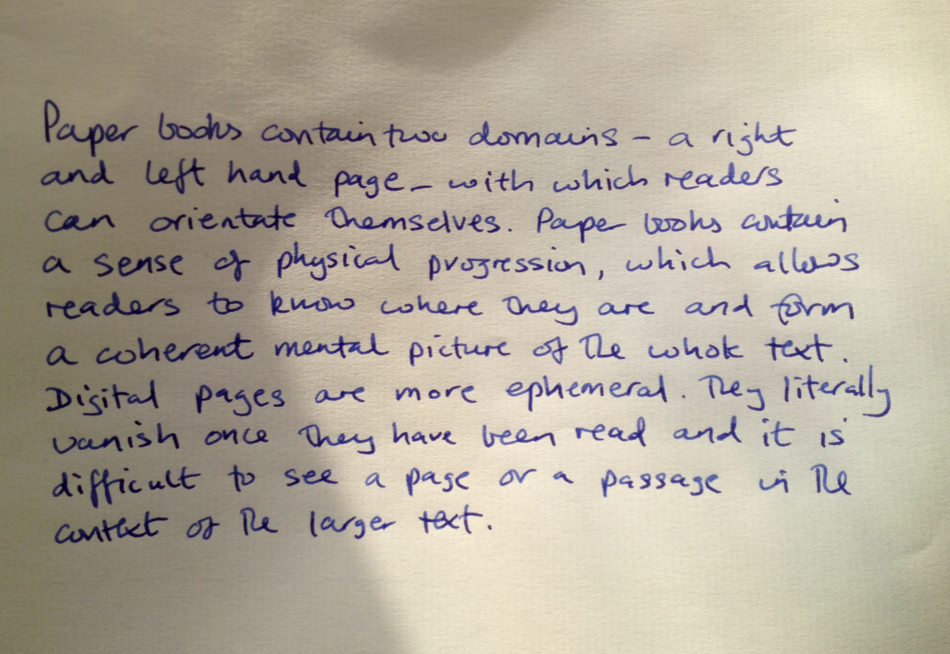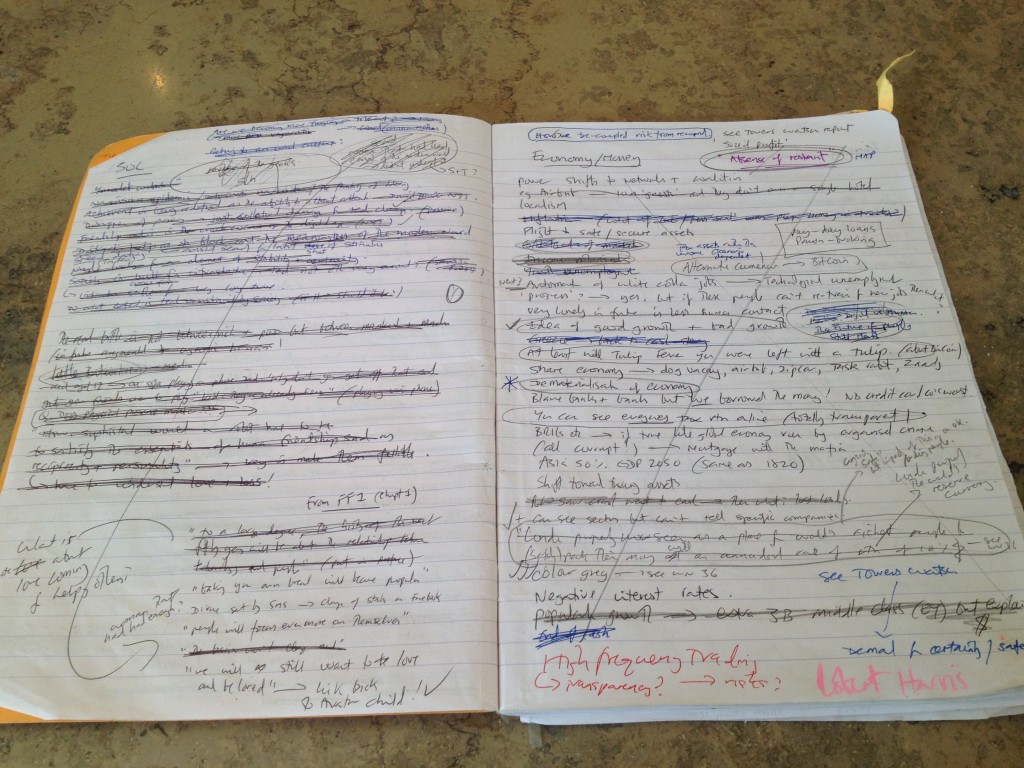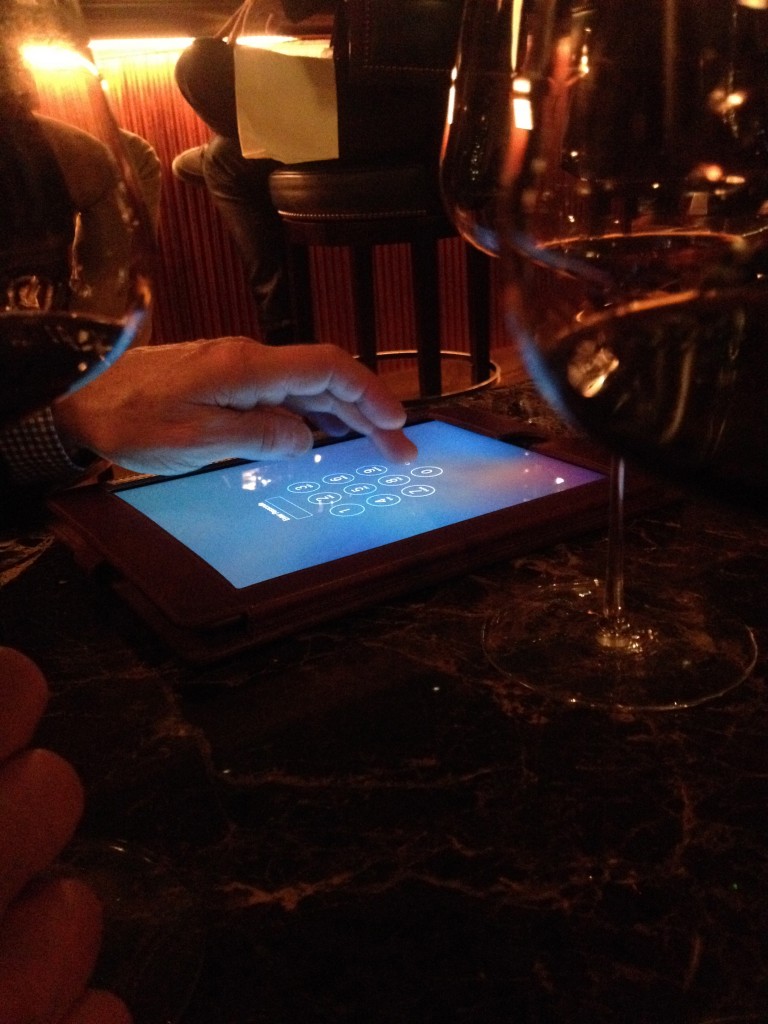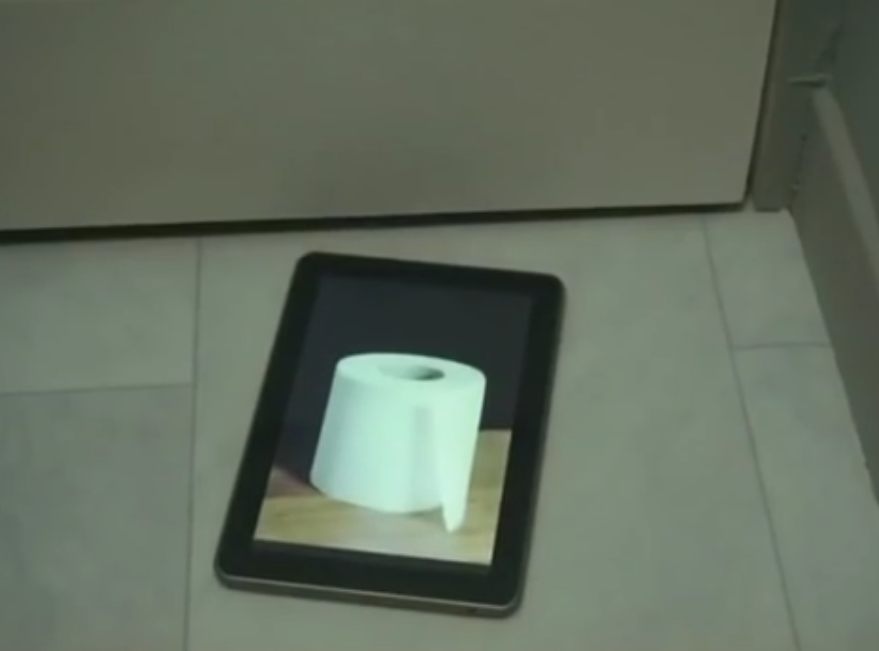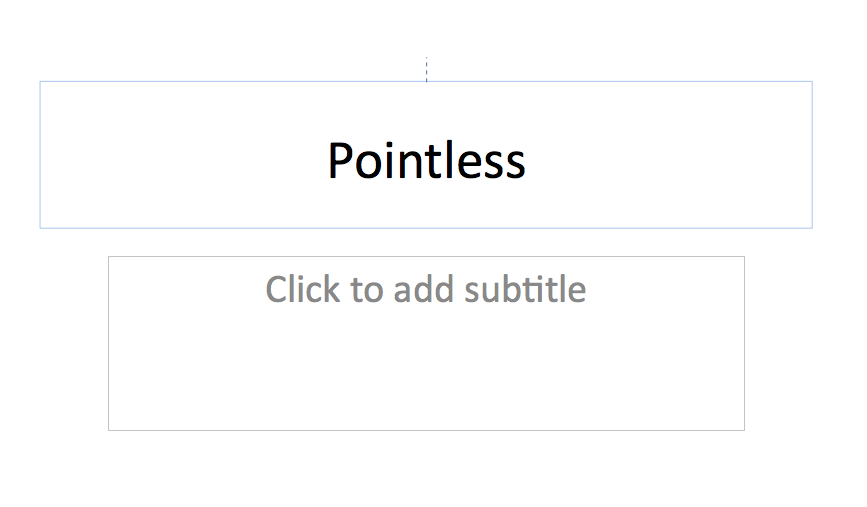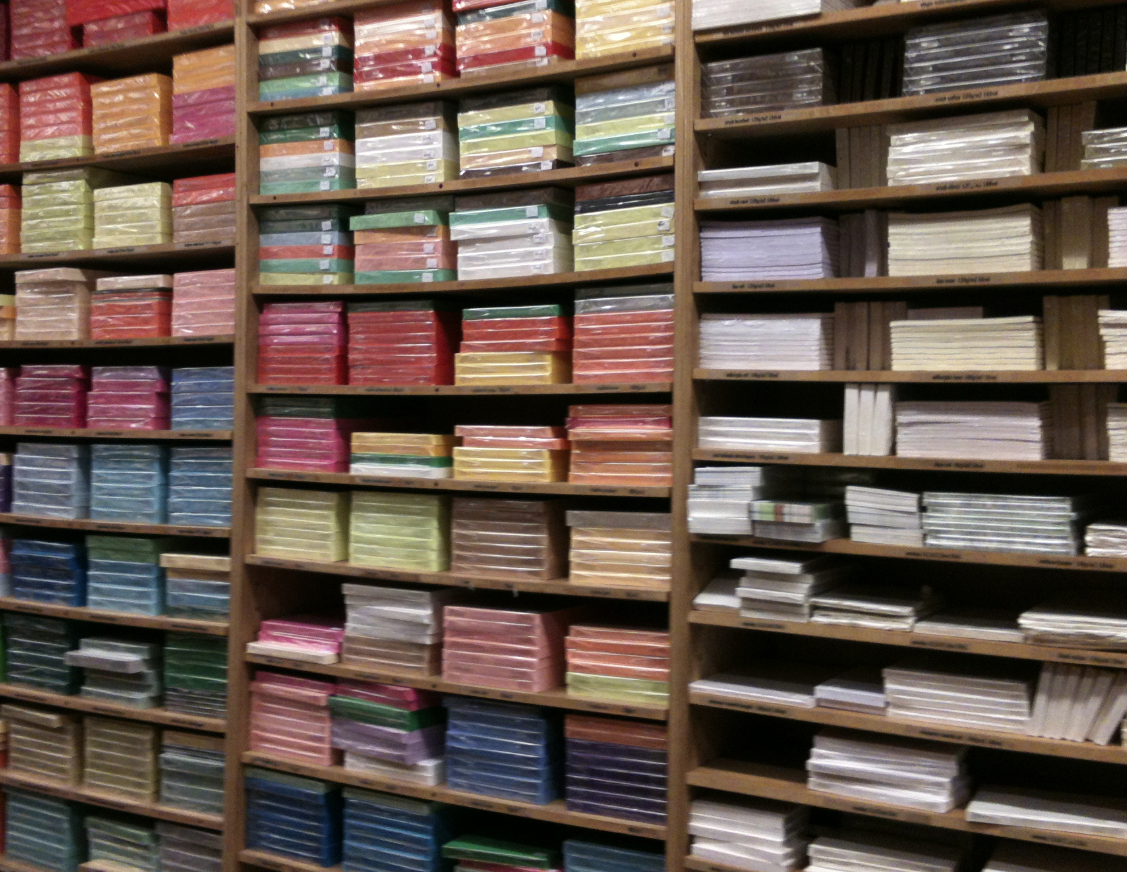
A few weeks ago the Finish Prime Minister suggested that the downgrading of his country’s sovereign debt was in large part caused by the actions of Apple Inc. The iPhone had mortally wounded Nokia while the iPad had inflicted serious damage on the Finnish paper industry.
The fear, I suppose, was the Finnish economy was finished.
Similar stories abound, especially from young technologists and futurologists, many of whom seem to delight in the demise of anything older than they are. We have grown used to hearing about the end of traditional bookselling, the extinction of physical newspapers, the irrelevance of local libraries and even the death of cash.
Such ideas are hardly surprising. Technologies, companies and even sovereign states ebb and flow. Change, as they say, is the only constant and nobody should really mourn the death of 8-track cassette tapes, Letraset or the Finnish Socialist Workers Republic.
Nokia itself started off in 1865 as a paper mill and later became a rubber company. The idea of Nokia as a telecommunications company is a relatively recent invention. But Nokia has no automatic right to exist and neither does an old technology like paper. Time to turn the page.
But wait a minute. I’m not concerned about Nokia. That’s just capitalism red in tooth and claw. The same might be said about paper, but if paper were to disappear I think we would be losing something of tremendous importance.
Paper is one of the most significant inventions of all time. It is the most successful communications platform of the last few thousand years and has had a profound impact on human civilization. Indeed, it’s been argued that paper created human civilization.
Moreover, unlike mobile devices I struggle to think of any negative side effects to paper use and in many instances I’d argue that paper is in fact the superior technology.
Let’s start with whether or not the technology we use to read changes the way we read. Since the 1980s, researchers have been looking at the differences between reading on paper and reading on screens. Before 1992, most studies concluded that people reading using screens remembered less about what they’d read. Since 1992, with a heady proliferation of screens, a fuzzier picture has emerged.
The most recent research suggests that people prefer to use paper when they need to concentrate, but even this may be changing. In the US, around a quarter of all books sold are now e-books and digital reading devices have developed significantly. However, it does appear that such digital devices stop people from navigating text effectively and inhibit comprehension. Screens drain more than batteries. They drain our mental resources and, again, make it harder to remember what we’ve just read.
One major problem is topology. Paper books, newspapers and magazines contain two domains – a right and left hand page – with which readers can orientate themselves. They also offer a sense of physical progression, which allows the reader to know where they are and form a coherent mental picture of the whole text or argument. Digital pages are more ephemeral. They literally vanish once they’ve been read and it is difficult to see a page or a passage in the context of the larger text. This is a problem of architecture and can be partly solved by increasing the size of the screen, which might be why people stick post-it notes around the edge of desktop computers. But we seem to be intent on making screens smaller, not larger, so seeing the bigger picture could become more of a problem in the future.
It has also been suggested that operating a digital device is more mentally taxing than reading a paper book, newspaper or magazine because most screens shine light directly into a reader’s face, causing eyestrain. One US study found that reading a comprehension test on-screen raised levels of stress and tiredness versus people reading the same test on paper. It is also rarely recognised that people bring less mental effort to screens in the first place. When we use screens we tend to be in a rush or we’re attempting to do more than one thing at once, whereas with paper we generally have a more relaxed mind-set.
Another US study found people reading on screens use a lot of shortcuts and spend time browsing or scanning for things not directly linked to the text. In other words, there is more opportunity for distraction with screens than with paper.
Another piece of research (from the UK this time) has emphasised that people reading on a screen rely much more on remembering the text than people reading on paper, who concentrate on understanding what the text means. This subtle distinction between remembering and knowing is especially critical in education.
For example, a study of three to five-year old children reading stories from interactive books found that they spent much of their time being distracted by buttons and easily lost track of the narrative and what it meant. Clearly screens offer considerable advantages. Convenience, capacity, portability and instant access to the world’s information are just a few of the benefits. Ease of sharing or collaborating with others is another key advantage of screens over paper. For older or visually impaired readers, the ability to change the font size is a blessing too, which is why the kindle sells to well to people aged 55+ and why, with an ageing population, I believe there’s a huge opportunity for e-packaging and electronic point-of-sale where the text size can be increased by the customer.
But it is precisely the simplicity and uncomplicated nature of paper that makes it so special. Paper does not draw attention to itself. It does not contain hyperlinks or other forms of distraction. It does not need upgrading, it is easier to keep private, it can convey quality, especially quality imagery, which suits certain kinds of brands and paper clearly doesn’t need batteries – not yet.
Paper is also immensely stable as a format. You can still read a book printed 500 years ago because the hardware hasn’t changed. How about electronic documents? Will these be readable in 500 years time? And what of digital photographs stored in the cloud or on a Facebook page? I can’t even access the photographs I took 15 years ago without a Zip drive and great deal of effort. Paper is also tactile and sensory. It is pleasing to the eye, but also to the hands and even the nose. It’s possibly just me, but surely there is something about old paper too. Digital copies of products are always pristine and identical. Physical copies, by contrast, become unique over time and can tell an individual story.
The reality, most probably, is that newspapers, magazines, books and paper will develop in several different directions. First, some forms of paper-based communication will stay exactly as they are. We are already seeing the development of Slow Journalism and a Slow Reading Movement. A magazine called Delayed Gratification is a good example. Similarly, sales of fountain pens and writing paper are doing well. This is paper as craft, paper as an antidote to the frantic future.
Conversely, I suspect that e-paper will develop to the point where it is fully interactive. Any flat surface or material will thus have the potential to become a screen, which opens up the possibility of things such as video wallpaper, cereal packs that can play ads and packets of flour that can show videos of recipes. Similarly, screens that were once flat and fragile will become scrunchable and rollable – in other words like paper.
Or how about books and newspapers that can be personalised by individual readers, contain audio and video links and potentially even smells – like digital versions of scratch and sniff books. If you want to change the overall mood of a newspaper or magazine or require a specific ending to a book this could be available.
But this could mean the shrinking of context. This is something we’re seeing already with social networks and digital media whereby people consume snippets of information – headlines if you like – independent of the broader context. It is also something we experience when we use various filters to only friend people who are just like ourselves or to filter out news and information that contradicts our views. In this future, human empathy and understanding would decline while know-nothing narcissists with a skill for self-promotion would rule the roost.
And don’t forget that once a book, newspaper or magazine is connected to the internet it can read you as well as you it. This could be a good thing. Publishers will have a better idea of what gets read, where, when and how. Similarly, teachers using digital texts would be able to see who is struggling in class or instantly download a student’s entire reading history. But given our culture of immediacy and short-term returns, I worry about whether
anything that’s difficult, or anyone that’s slow, would be given much of a chance. And don’t forget the privacy concerns. At the moment it’s easy for people to see which books you buy. How about a future where a government can see what and where you read (and re-read)?
Personally, I suspect that the world will eventually work out that there is something significant about paper. In other words, we will re-discover that the medium is still the message. As books and newspapers become less of an everyday occurrence in peoples’ lives, replaced by various digital formats, the virtues of paper will be more recognised for what they are. Much as photography and cinema only increased our appreciation of painting and theatre, so digital books, newspapers and magazines will replace only the trashy and unimportant.
Finally, consider stationery.
I wrote a book a few years ago called Future Minds, and one of the questions I asked people whilst researching the book was where they did their best thinking. Not a single person mentioned digital technology. Indeed, it was the absence of digital devices that really stood out. Not just for 40 and 50-somethings, but across the board.
But this wasn’t the only interesting thing that happened.
Initially I sent emails asking where people did their best thinking. I got zero response. So I posted some typed letters instead. This got a great response so I decided to push the envelope even further so to speak. What would happen if instead of sending typed letters I sent handwritten letters on really nice paper? This was a good idea for about five minutes. Then it dawned on me that you cannot really outsource handwritten letters. I’m sure there was someone sitting in Mumbai that would have been happy to help, but to be honest getting someone else to write a personal letter is rather inauthentic. I was going to have to handwrite all the letters (and the envelopes) myself.
What happened next was fascinating. As I said, the response rate on the emails was pathetic. Some cold phone calls were no better. The response rate of the typed letters was 38%. Pretty good, but this pales into insignificance compared to the handwritten letters. The response to ink on bits of dead tree was a staggering 74%.
So what happened here?
I think the answer was a mixture of economics and psychology. The emails were presumably lost in a sea of digital dross. They were consigned to the digital dustbin, either because when people are in email mode they are focused on urgent issues or because it looked like I hadn’t bothered to make much of an effort (which I hadn’t). So if you want to interrupt someone that’s busy sending and receiving emails, sending them another email is probably not the best way to go.
The typed letters performed much better, but I suspect that they didn’t look individual enough either. They still looked as though I’d mail merged some bought in names and addresses and shot out a few hundred letters in a matter of minutes. Which, of course, is exactly what I’d done. But the handwritten letters were quite different.
The letters took a great deal of effort, but this shone through. It was almost as though people felt obliged to read the letters and I strongly suspect that most of the letters also found their way directly onto the desks of the intended recipients and were not interrupted by the army of assistants that are employed to guard against unsolicited emails, junk mail and phone calls. But here’s the most interesting thing of all.
Writing a handwritten letter is powerful because you have to think while you write. If you make a mistake writing a handwritten letter you cannot simply delete it …..so you think. And because you are thinking (slowly and deeply) you end up personalising each letter too. No two letters were the same and I think this showed.
So where does all this leave us?
Firstly, I think it would be very brave or very foolish to predict with absolute certainty what will happen to paper. We just don’t know. Most of the alternatives are very new and we will have to wait for a form of Darwinian evolution to sort the good ideas from the bad.
What does seem relatively certain is that the future is unlikely to be either/or.
It will not be screens or paper rather it will be screens and paper, each playing to their particular strengths and weaknesses.
It’s taken a few thousand years, but I suspect that soon we will know exactly what paper does to us and for us and will then know exactly what to do with it.


